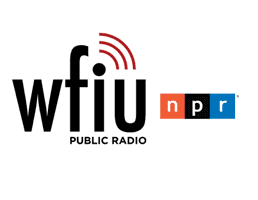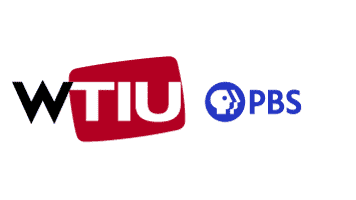If your early education was anything like mine, your introduction to Native American history was likely an idealized story of the first Thanksgiving, complete with images of roasted turkey and pumpkin pie (even though firsthand accounts suggest the menu actually featured venison, waterfowl, and cod). I can still see my first-grade self carefully cutting out construction paper feathers with which to festoon a brown paper headband, while other classmates created buckle-belted Pilgrim hats as we prepared to reenact what looked more like the Charlie Brown Thanksgiving than the three-day harvest feast set out by the English settlers and Wampanoag people in 1621. While we all had great fun munching on popcorn and sipping cider at our classroom feast, the lesson fell a little short in conveying the true nature of the relationship between European settlers and Indigenous tribes, a problematic scenario that lingered throughout my school years.
For a more accurate and thoughtful understanding of Native American history and traditions, today’s edition of Handpicked by Heather is showcasing just a sample of the PBS programming that honors the culture of Indigenous tribes and individuals, all available right now with your PBS Passport member benefit. And be sure to read to the end for bonus features (most of which are available to all viewers free on demand at PBS.org or with the PBS app)—including a recipe you may want to share at your Thanksgiving table!
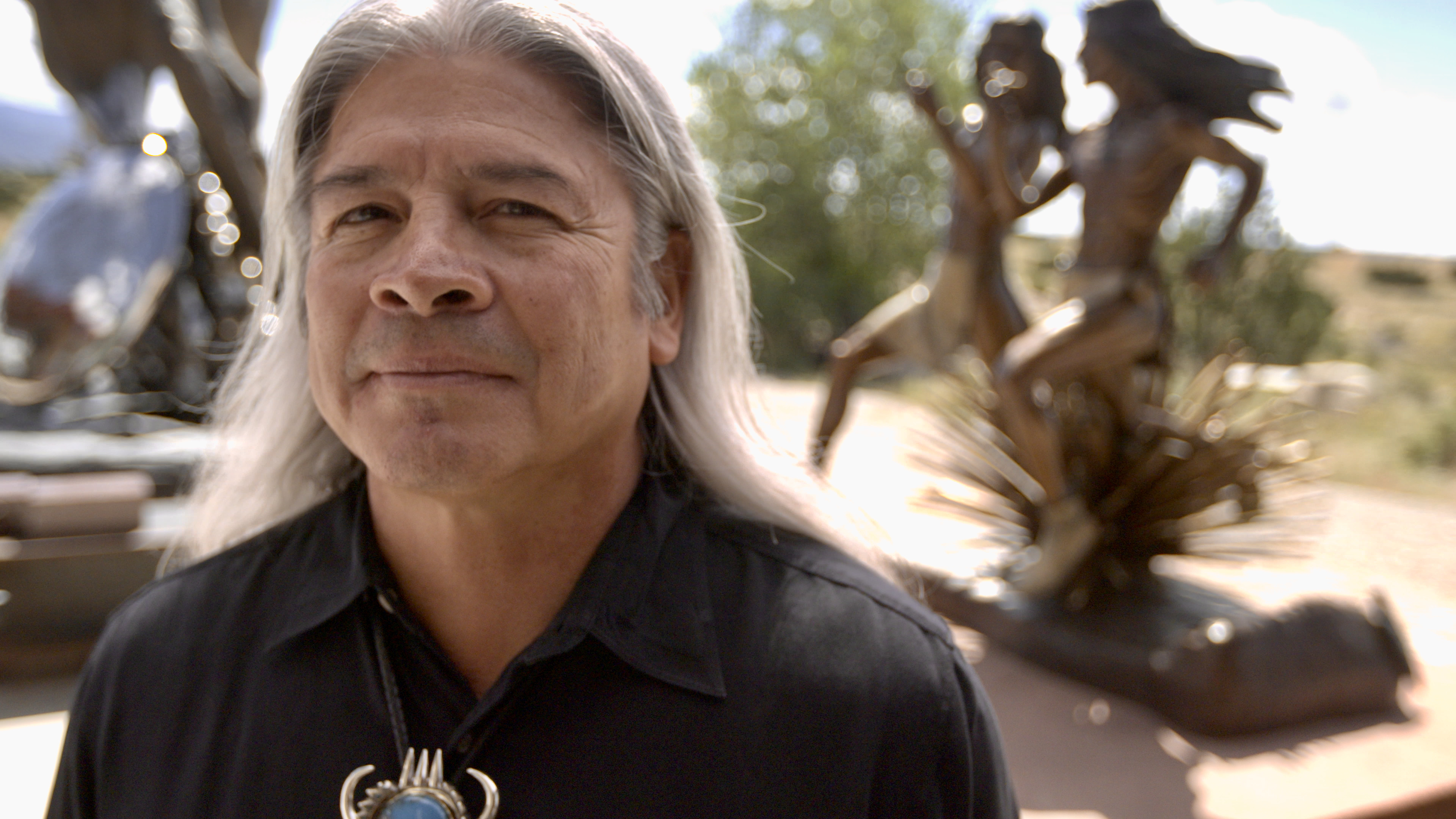
Native America
How does one begin to understand a culture whose history is as deep and broad as that of Native America? Where do you even begin to explore a story that is more than ten thousand years old? It’s a formidable but worthwhile journey, and an excellent place to start is with Season One of Native America, the four-part series that challenges everything we thought we knew about the Americas before and since contact with Europe. Narrated by the late Robbie Robertson of The Band, the series delivers viewers to the intersection of Native knowledge and modern scholarship, revealing a new vision of America and its people. Each hour of Season One explores Great Nations and reveals cities, sacred stories, and history that have long been hidden in plain sight. Tune in with your PBS Passport benefit to watch as each episode traverses continents and millennia, weaving together strands of this untold story. Then move on to Season Two and its groundbreaking focus on the beauty and power of today’s Indigenous world—currently available free on demand to all WTIU viewers.
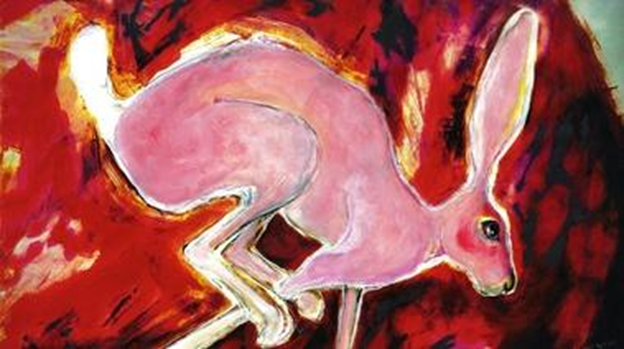
Poetry in America
I confess—I’m not a huge fan of poetry. As a former high school English teacher, I am not proud of this particular fact about myself, but there it is. To be perfectly honest, it was really only the accompanying image of the pink jackrabbit that drew me to this episode of Poetry in America, featuring poems by Linda Hogan and Alberto Ríos. Despite my admittedly unreasonable resistance to the verse form, I was fully entranced by the imagery around the desert animals as Ríos describes their zigzagging paths through the harsh Sonoran Desert and the dream-like story of survival on the Great Plains as told by Hogan through the metaphors of bears and wolves. Take an exhilarating deep dive into the words of these Native American poets with your WTIU PBS Passport benefit. Both authors are joined in this episode by wildlife biologist Jeff Corwin, film director Chris Eyre, Native American scholars Philip Deloria and Stephanie Fitzgerald, and a chorus of students to discuss the difficult histories of human migration in the American West.
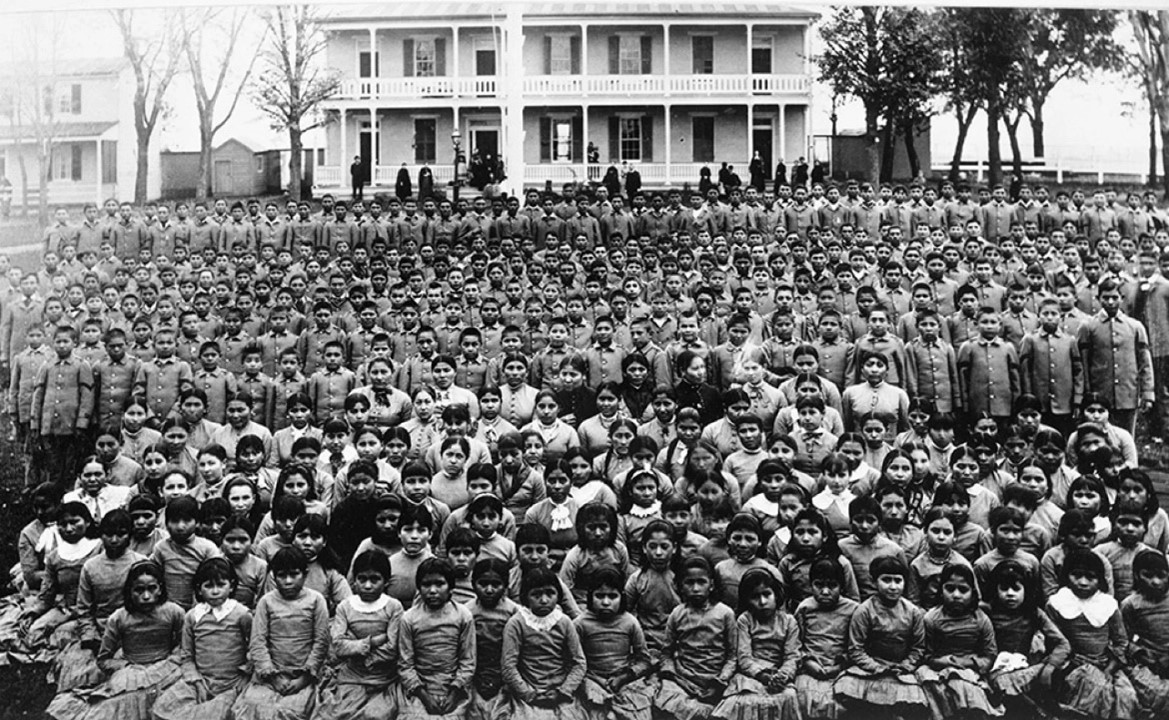
Home from School: The Children of Carlisle
Some years ago, our family took a road trip across the U.S., tracing as closely as we could the old Route 66 through the American Southwest. On our third day of driving, we crossed into Arizona, stopping at a classic looking “trading post” (Route 66 speak for souvenir shop), where we met the proprietor, a middle-aged Navajo man who introduced himself as Dave. He also shared with us his given name (what he referred to as his “Indian name”) but said he has been known as Dave since he was a small boy, when the name was assigned to him on his first day of Indian boarding school. What struck me about this conversation was not just the sad fact that he had been removed from his family and stripped of his true name, but that his tone in telling us about it was so impassive. It was as if the idea of this systematically forced assimilation was so deeply entrenched in his world, that it had simply become a fact of life. In the documentary, Home From School: The Children Of Carlisle, the Emmy-award winning series Independent Lens takes a hard look at the origin of this tragic practice that ended in the U.S. only with the 1978 passage of the Indian Child Welfare Act. Learn more when you take advantage of your WTIU PBS Passport member benefit.
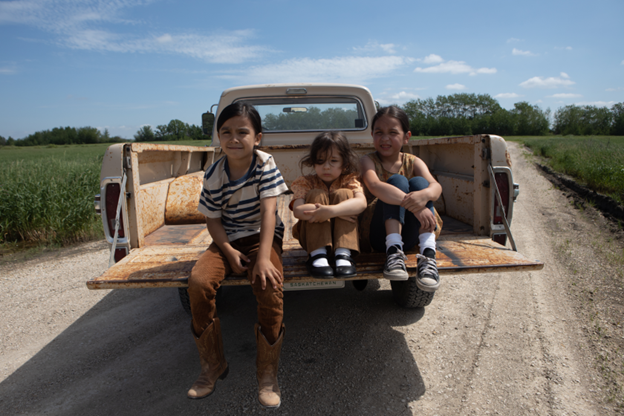
Little Bird
Something that had not occurred to me until relatively recently is the fact that the mistreatment of Indigenous people in the U.S. was not only paralleled in Canada, but that the abuses were sanctioned by government policy that endured well into my own lifetime. This fact was brought home to me when my daughter Malory became involved in activism around the rights of Indigenous people during her college years in Toronto. She told me of something called “The Sixties Scoop”—a phrase coined to describe the mass removal of Indigenous children from their families, a practice that rose dramatically in the 1960s and continued into the 1980s. These children were often literally scooped from their mother’s arms as infants to be put up for adoption, usually placed in middle-class Euro-Canadian families. The compelling six-episode mini-series Little Bird, available with your PBS Passport benefit, tells the story of a little girl and her siblings who are forcibly removed from their family’s home on Long Pine Reserve in Saskatchewan as part of The Sixties Scoop. You’ll be both heartbroken and heartened by this epic journey of connection and self-discovery as Bezhig Little Bird puts the pieces of her fragmented past back together.
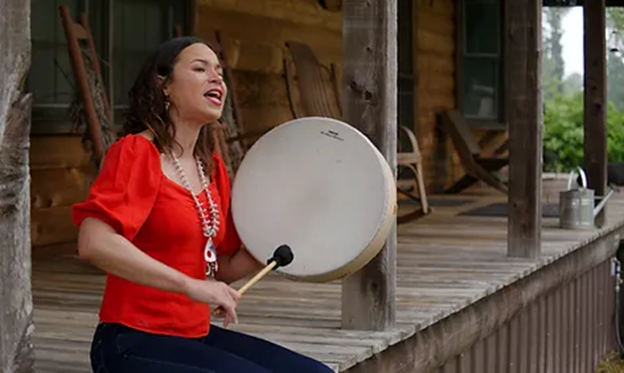
My Music with Rhiannon Giddens
The first time I saw Rhiannon Giddens perform, I was standing on the banks of the Ohio River at the River Roots Music Festival in Madison, Indiana. When Giddens came on stage with The Carolina Chocolate Drops, her band at the time, I was absolutely blown away not only by her amazing voice and musicianship, but also by her engaging storytelling and her uncanny ability to bridge contemporary and traditional forms of music. In her 2023 PBS series My Music, the Grammy winner and MacArthur Genius Grant recipient shines a light on the stories of innovative musicians who have forged unconventional paths to find their voices. With your PBS Passport member benefit, you can join Giddens in this episode of My Music when she takes us to Robeson County, North Carolina, the tribal homeland of singer/songwriter Charly Lowry. Learn how Lowry’s Lumbee and Tuscarora roots inform her music and her activism in raising awareness around the challenges of underdeveloped and underserved communities. And be sure to watch Charly and Rhiannon’s rendition of Lowry’s song “Backbone,” which I’m confident will blow you away, too!
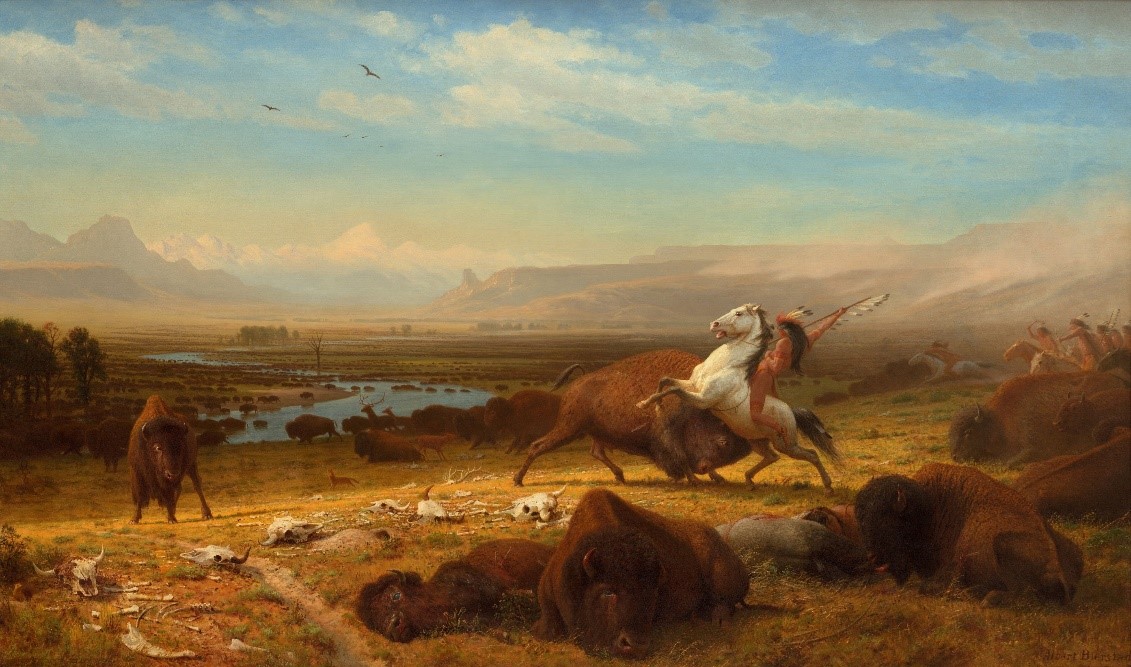
The American Buffalo: A Film by Ken Burns
If you’ve ever traveled the byways of southern Indiana through towns like Vincennes, Paoli, and Salem, you’ve likely covered part of the Buffalo Trace, the pathway created by bison migrating from the Great Plains to the Falls of the Ohio and back. The bison’s trail was used by Native Americans and later by early European settlers, ultimately becoming integrated into parts of Indiana 56, U.S. 50, and other paved routes. Long before the path became part of our modern highway system, though, untold generations of bison trod the landscape of the Midwest and Great Plains, evolving alongside Indigenous people who relied on them for food and shelter. In his latest undertaking, The American Buffalo, PBS fan favorite Ken Burns traces the animal’s evolution, its significance to Indigenous people, its near extinction, and the efforts to bring the distinctly American species back from the brink. The stories of Native people anchor the series, including the Kiowa, Comanche, and Cheyenne of the Southern Plains; and the Lakota, Salish, Kootenai, Mandan-Hidatsa, and Blackfeet from the Northern Plains. Tune in with your PBS Passport member benefit to learn the dramatic story of American’s national mammal—and the tribal people whose lives were inextricably intertwined with theirs.
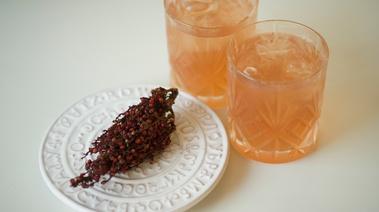
BONUS FEATURES
So what did that First Thanksgiving look like? A Wampanoag historian and a literary critic share insights in this short clip available to all viewers from Season 27 of American Experience, available at PBS.org or the PBS app.
Dave, the Route 66 trading post proprietor, also shared with us that his father and uncles served as Code Talkers in World War II. Like many Americans, we had no idea that the Navajo had played a crucial role in the Allied victory. Learn more in this brief clip from History in a Nutshell available to all viewers.
The feature-length documentary Little Bird: Wanna Icipus Kupi (Coming Home) takes PBS Passport viewers behind the scenes of the making of the dramatic series Little Bird, shining a light on the movement for Indigenous narrative sovereignty as experienced through the series’ Indigenous creatives, crew, and Sixties Scoop advisors.
Learn how to make Sumac Lemonade with foraged ingredients with Chef Nico Albert of the Cherokee Nation. All viewers can check out a variety of other short features from Native America here.
The short film Homecoming follows Eastern Shoshone Jason Baldes as he leads the transfer of bison to Indigenous communities and explores what it means for Native people to once again be living among them. It’s available to all viewers at PBS.org or the PBS app.






